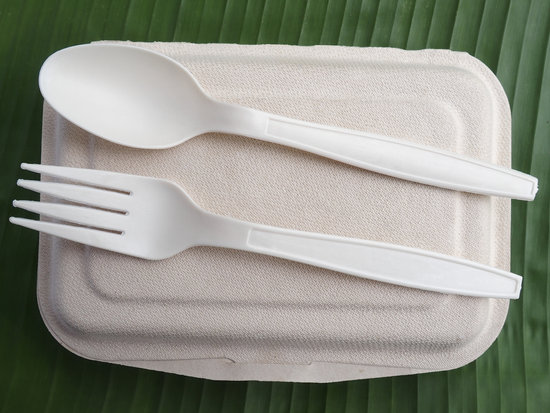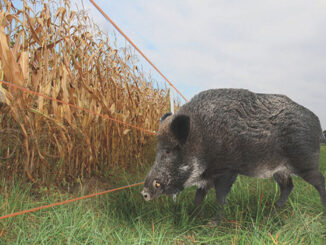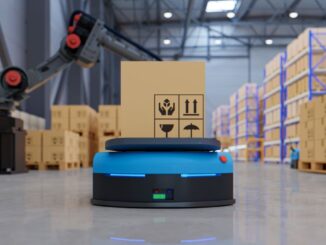
Bioplastics are plastic materials made of renewable plant or animal material – known as biomass – just like corn starch, recycled food waste etc. Compared to plastic, bioplastics employ these materials as substitutes for fossil fuel. For some time, these kind of materials were considered an eco-friendly alternative to plastic.
However, recent findings have shown how bioplastics are not such a good choice for our environment. Here are the reasons why.
Advantages
Replacing fossil fuel with other materials is a good attempt at moving from non-renewable to renewable resources.
This is the reason why producing bioplastics has been considered a more sustainable activity compared to plastic production. The employment of renewable resources results then in the decrease of greenhouse emissions. Moreover, the production of these materials requires a lower percentage of energy consumption.
However, bioplastics and their production come also with many disadvantages for our environment and our planet.
Is bioplastics alternative for plastics?
First of all, bioplastics production costs and their performance are an issue. In fact, the employment of these alternative materials is financially advantageous only if it is backed by regulations that restrict plastic usage.
Bioplastics have negative consequences on the environment as well. In fact, they are subject to eutrophication and acidification – these two processes are harmful for the environment. For example, eutrophication is very threatening for water resources, since it jeopardizes aquatic species and causes dangerous algal blooms.
If compared to plastic, bioplastics negatively influence the stratospheric ozone depletion. This is a consequence of the use of fertilizers in crops cultivated for biomass production. The fertilizers emit a large amount of nitrous oxide, a gas which destroys the ozone.
They are also responsible for indirect negative effects on the environment. One of these is the toxicity of the pesticides employed in crops intended for their production. Moreover, the vehicles used to harvest these crops emit carbon dioxide that contributes to global warming.
Other negative aspects represented by the production process of these materials are high water usage for crops cultivation, soil erosion, loss of biodiversity and soil carbon losses. Moreover, the crops employed to produce them could be used to feed people.
In conclusion, bioplastics are definitely a step forward if compared to plastic. These materials are a valid solution in order to stop using such a harmful material for the environment as plastic. Bioplastics are not a perfect remedy for this problem, however, the research related to it may leads us to one.





Leave a Reply